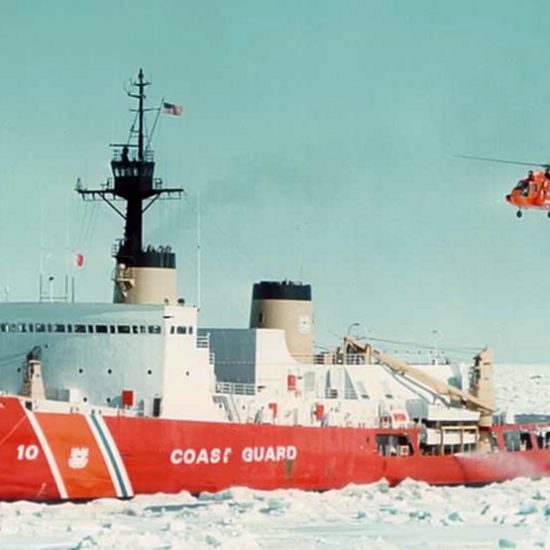UAA’s ISER released a report in December entitled, “Fiscal Effects of Commercial Fishing, Mining and Tourism. What does Alaska receive in revenue? What does it spend?” The 130-page report compares effective fiscal impact of the three non-petroleum industries in Alaska. It makes for most interesting reading.
A few definitions are in order. First, fiscal effects include state and local revenues, and state expenditures to manage or promote an industry. It does not include economic effects like jobs, income, and revenue to businesses. Nor does it not analyze potential revenue generating capacity of these industries.
Three Industries Reviewed: (figures in 2014 dollars)
From 2010 – 2014 commercial fishing (commfish) on average brought in $70.2 million state revenues, $50.8 million in municipal revenues. It cost the state $78.3 million in operating costs and another $18.5 million in capital expenditures. Commfish is the only industry to cost the state more to support than it brings to the state in terms of revenues.
Over the same period, mining brought in $96.4 million in state revenues and $22.5 million in municipal revenues. It cost the state $10.7 million in operating costs and another $4 million in capital expenditures. Mining – hard rock, coal and placer – more than carries its economic load in this state. Mines are typically the largest taxpayers in their local boroughs. Over $30 million of revenue to the Alaska RR and AIDEA in 2013 is not included.
Finally, tourism brought in $54.3 million in state revenues and a whopping $82.6 million in municipal revenues. Tourism cost the state some$35.9 million in operating costs and another $19.4 million in average capital expenditures over the period. Clearly, tourism brings in the most revenues to the local level. Note also that in terms of the annual fish wars, 43% of sportfish costs are included as part of the tourism numbers. Revenues included in tourism do not include over $40 million for the Alaska RR and the Alaska Marine Highway System.
Oil and natural gas is managed to yield maximum sustained dollars to the State. These three, however, are not so managed.
For instance, commfish appears to be managed to maximize employment, individual incomes, community health and other societal goals. Restrictions on efficiencies in catch rates and equipment appear to be in place to increase employment, which is ironic since commercial fishermen have been in the middle of every single environmental attack on other resource extraction industries for decades, by their actions minimizing employment in timber, oil, natural gas and mining.
As we embrace the current budget discussion, it is critical we take a long, unjaundiced look at what this state spends to support industry sectors and what it gets in return. If commercial fishing is being managed as a jobs program at the expense of other industries not nearly as dependent on public spending and support like mining, logging (not mentioned in this report), and tourism, perhaps it is time to reconsider those goals.
Alex Gimarc lives in Anchorage since retiring from the military in 1997. His interests include science and technology, environment, energy, economics, military affairs, fishing and disabilities policies. His weekly column “Interesting Items” is a summary of news stories with substantive Alaska-themed topics. He is a small business owner and Information Technology professional.











